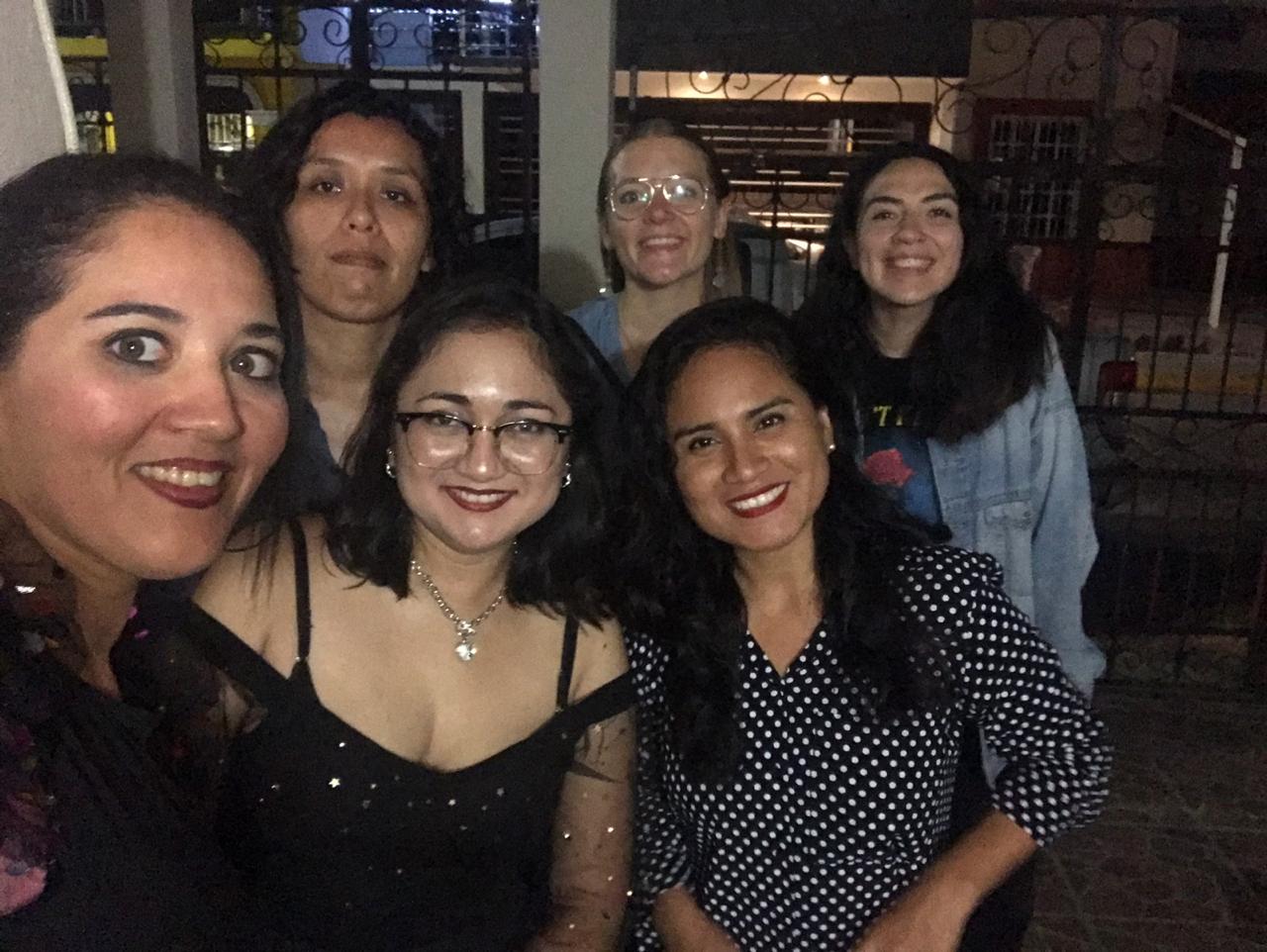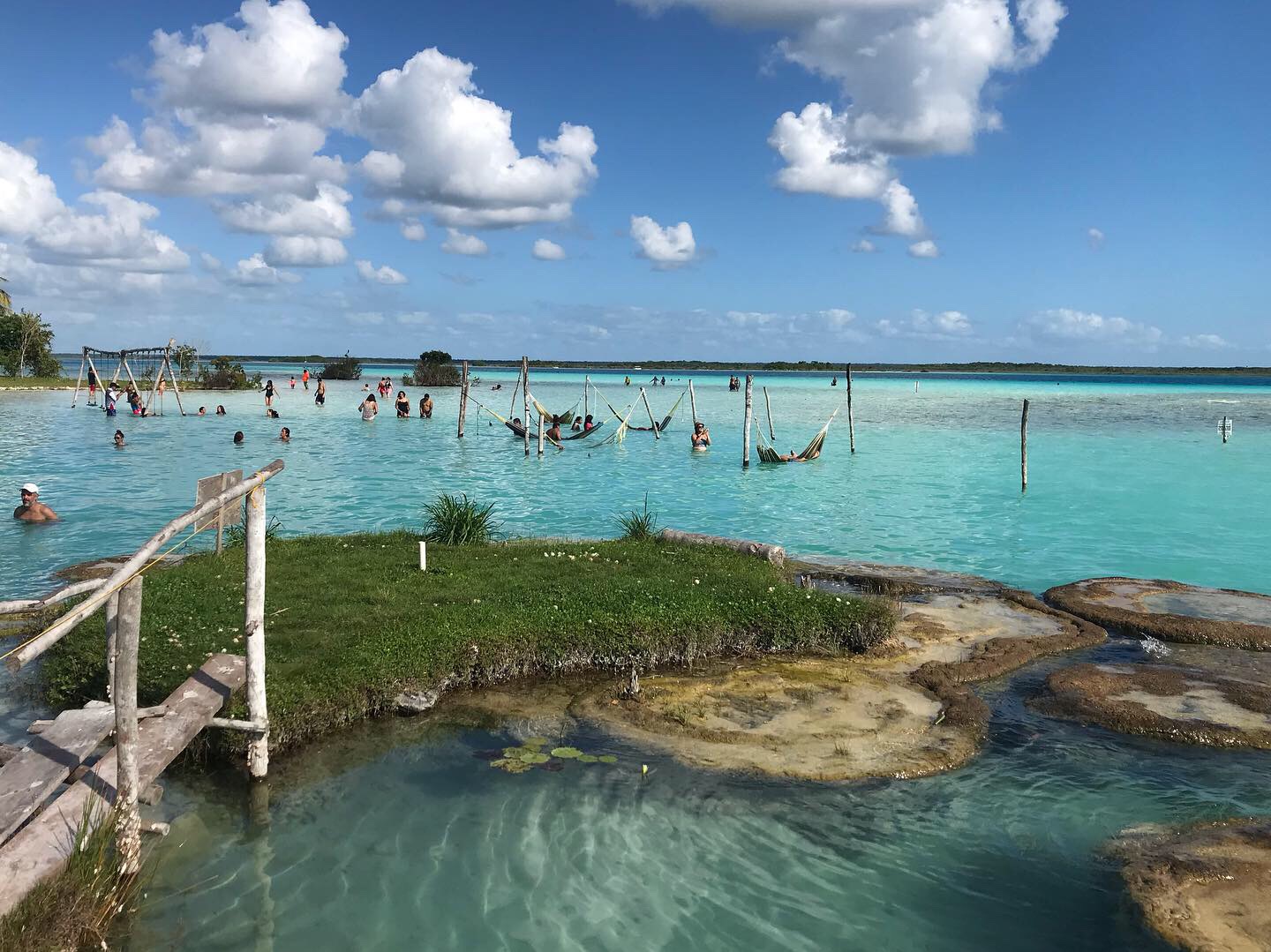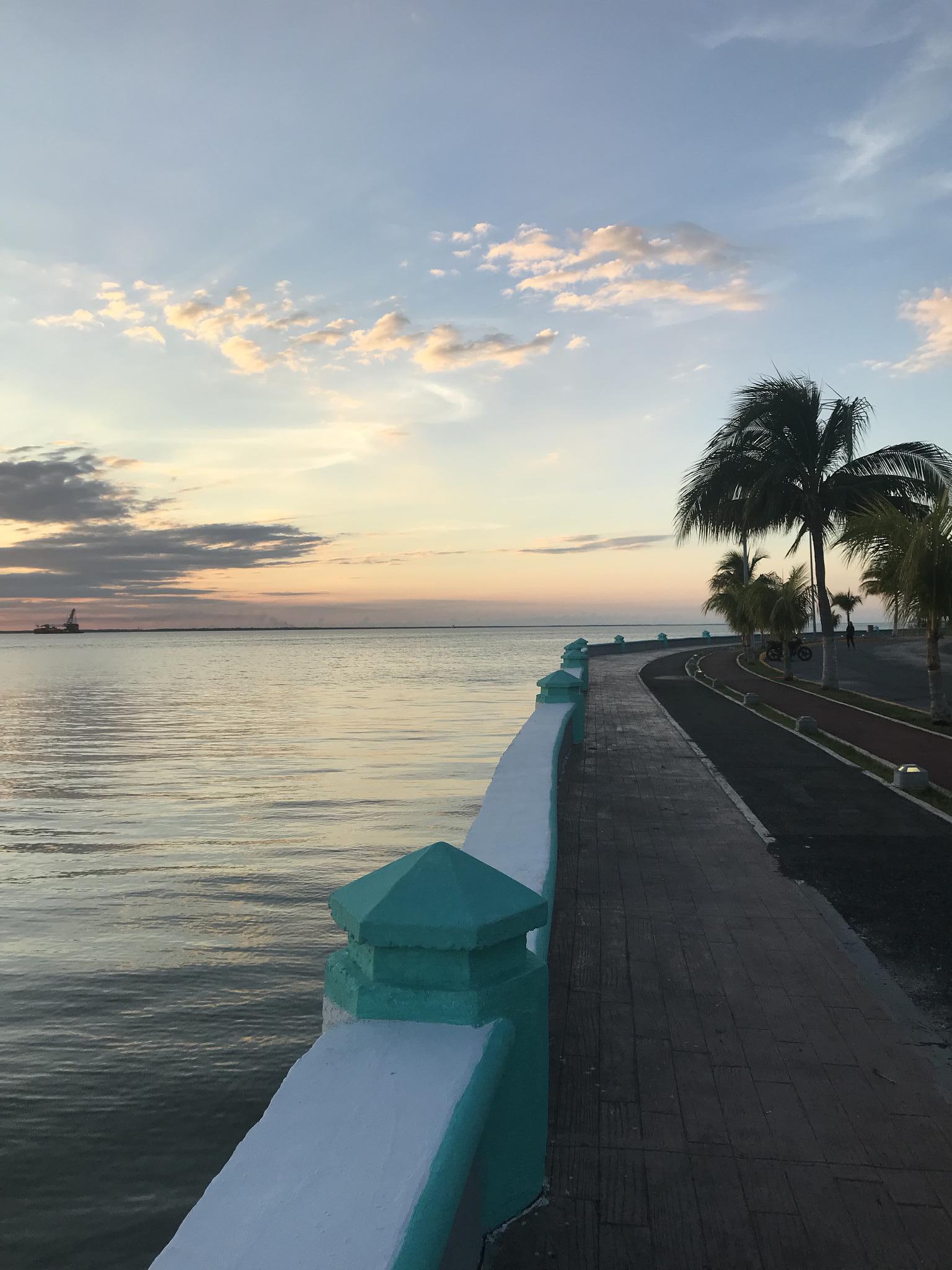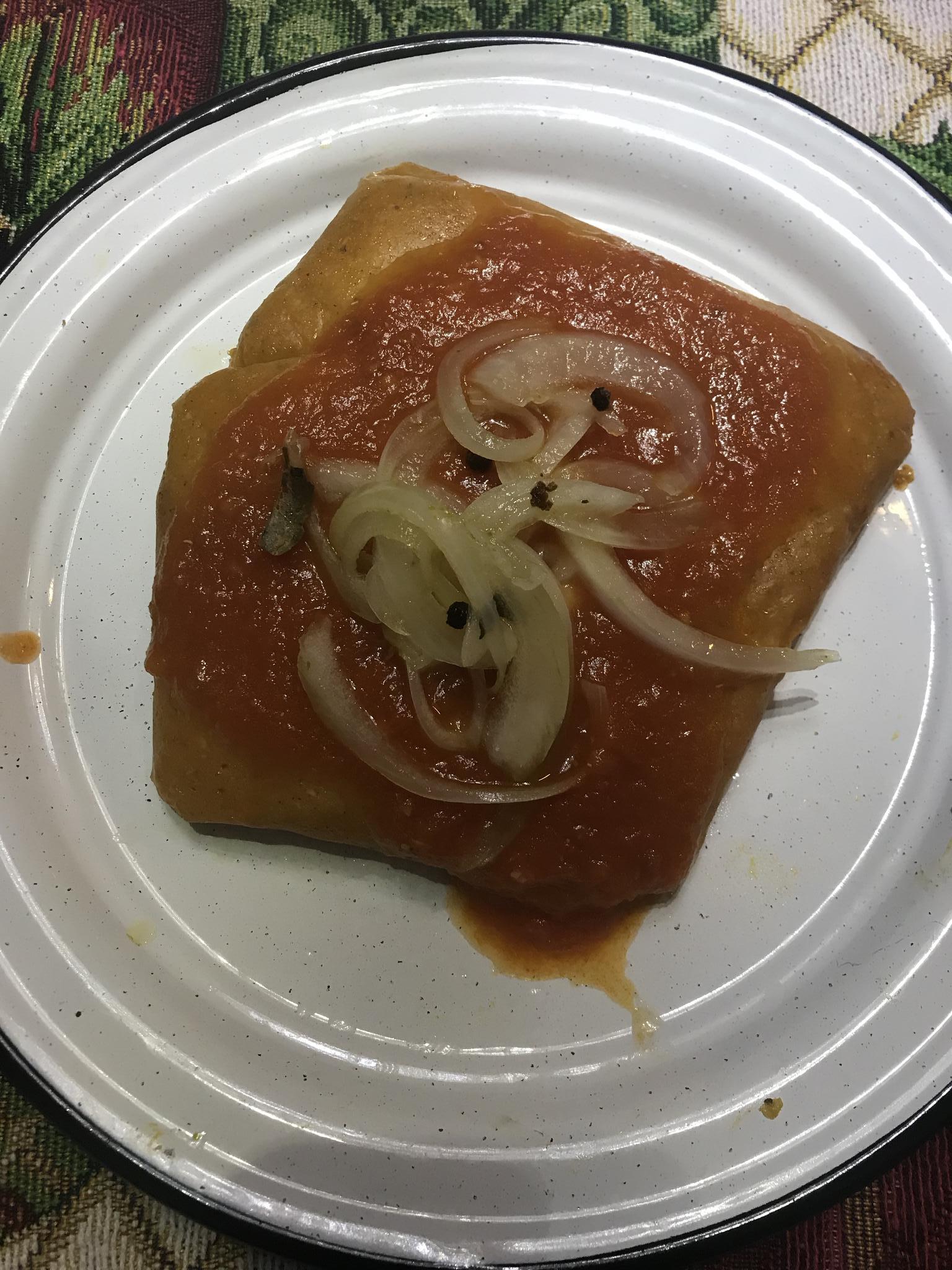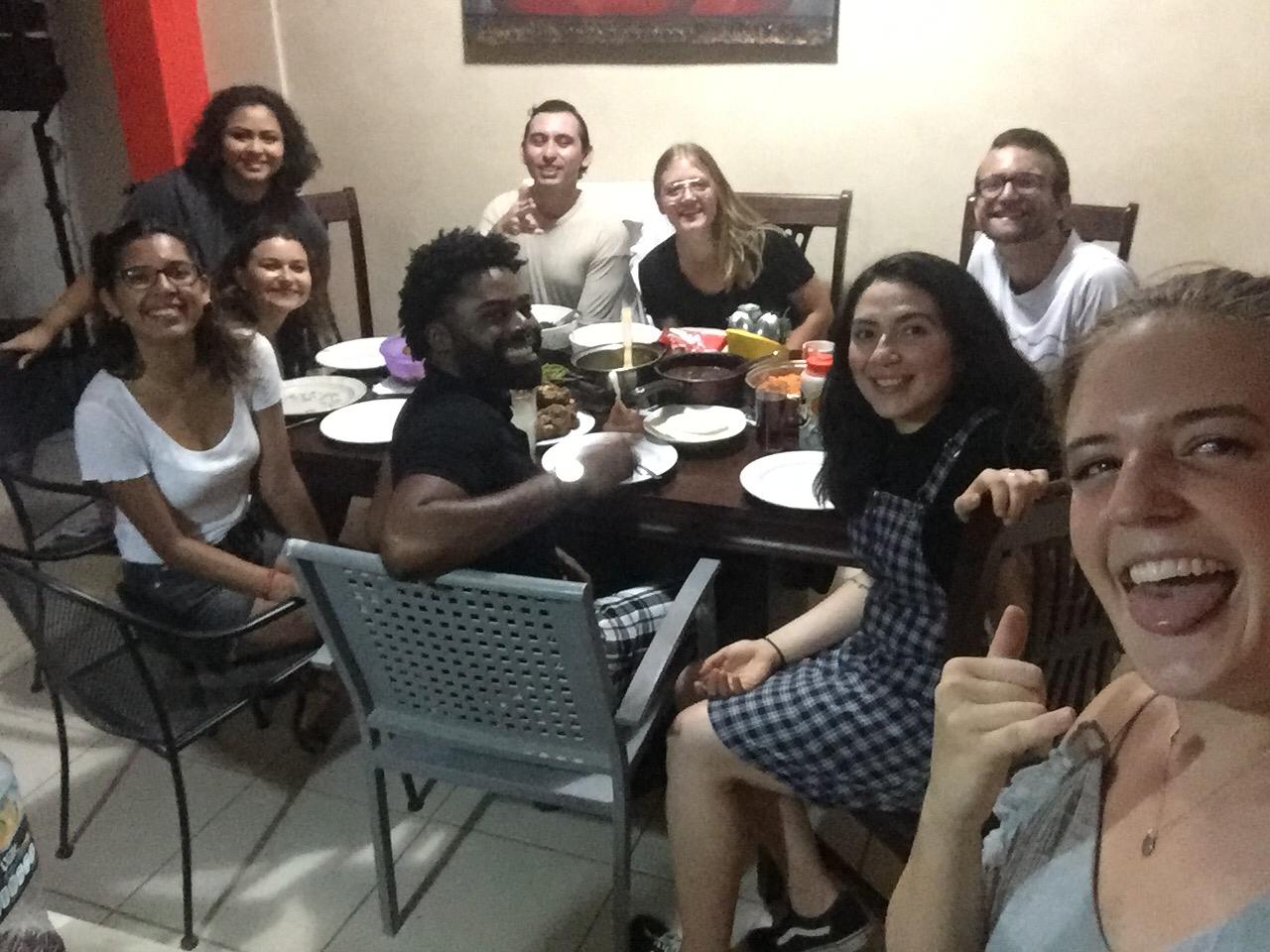On precariousness and resilience
There are two ways to leave the island of Carmen, two bridges. One leads toward Campeche, Merida, and the rest of the Yucatan peninsula, and the other toward Tabasco, Veracruz, Mexico City, northern Mexico and, I suppose if you go far enough, to my home of Arizona. The bridges are relatively new — before they were built in the 1980s and 90s, islanders took ferries back and forth between the shores of their home and the mainland. As you cross the bridges, especially toward Tabasco, you can usually see dolphin fins pop up between waves.
After you cross the northern bridge and enter the state of Tabasco, the home of Mexico’s current president, Andrés Manuel López Obrador, the road tops slices of land that always strike me as riskily thin. In the places where there are houses, waves seem to lap directly up against their walls, and there are many parts where the water can’t be more than five feet from the side of the road.
There are scenes like this in Carmen as well, of course, it kind of comes with the territory of living on an island. Rapid development of the island has brought the destruction of the mangroves that once surrounded it like a natural wall, leaving the island more vulnerable to rising sea levels and natural disasters like hurricanes. When it rains, the streets flood quickly, particularly those close to the ocean. “Climate change, a real threat for Carmen,” read a newspaper headline recently, accompanied by a three-page exposé of the risks the city faces.
I’ve long thought about the precariousness we face due to climate change with a sense of dread — something I learned from growing up in northern Arizona, passing each drought-ridden summer hoping the wildfires wouldn’t come. But there’s something about watching the ocean pummel the sides of houses and seeing water flood roads, again and again, that really makes it sink in, the precariousness of it all.
The surprising thing about precariousness, though, is how often it comes coupled with resilience. The people who keep living, fighting, adapting, even as they watch the water rising. The students and teachers and community members who fight to protect the mangroves and other natural resources. The people who somehow push through flooded roads and flailing public transportation to make it to work, to make it to class.
The coupling of precariousness and resilience is something I’ve started to notice a lot during my few months in Mexico, not just related to climate change but spanning a wide variety of situations.
I’ve been spending much of my time outside of class on two projects, one my official Fulbright community project and the other more personal. My Fulbright project tackles the topics of migration, communication and non-discrimination, considering the question, “As journalists and communicators, how can we talk about migration — in Mexico, the U.S. and around the world — in a way that focuses on the human rights of people who are migrating and promotes the cohesion of the communities they pass through or settle in?” It’s a big question, and definitely not one I’ll be able to answer in nine months. But to try to scratch the surface, I’ve been and will be talking to researchers, NGOs, shelters, and people with personal experiences of migration, ongoing or prior, around Mexico. I hope to compile what I’m learning into materials that will be useful for journalists through workshops like those professors from ASU have been hosting together with Mexico’s Consejo Nacional para Prevenir la Discriminación. In the process of my research, I’ve heard story after story of sacrifice and suffering, but mostly of strength.
The other project I’m working on is very much rooted in Carmen, a major hub for the national petroleum company Pemex and a city whose veins pump not blood but oil. The ocean beyond the island is sprinkled with oil platforms, which employ a large number of its residents. People who work on platform usually do it in 14-day cycles: you go to work for 14 back-breaking days on platform, and then come home for 14 days of rest. The vast majority of platform workers are men, which means that many of the island’s women spend half their lives in the absence of a loved one. These women run their families alone in the absence of their husbands, sons, and fathers with tireless poise, grace and strength. At the same time, while women still make up a very small number of platform workers, their presence offshore is starting to grow. The women who do work on platform make their careers in spaces literally built for, run by and occupied almost entirely by men, and they have incredible stories. I’ve been working on collecting testimonies from women who work on platform or who have family members who do so, with the goal of amplifying the voices of women in order to examine an industry that is usually narrated by male voices. I’m not totally sure in what form this project will end up being published, pero en eso estamos (if you have suggestions for me, please let me know!). The testimonies I’m collecting are, too, testimonies of precariousness — fighting to keep one’s family together, working in spaces meant to isolate you — and resilience — adjusting, thriving, both despite obstacles and because of them.
Over the last few months I think I’ve also been discovering that maybe precariousness and resilience live inside me as well, and that’s something I’m trying to acknowledge more openly. The precariousness of my anxiety, self doubt, loneliness, tiredness, self-labeled lack of direction and inadequacy. The resilience I’ve developed as I’ve begun to learn to survive all those things.
My goal for myself in the new year is to continue that learning process. And my hope for you is that wherever you may find precariousness, you can also find resilience.
Love always,
Mia
P.S. Here are some photos of just a few of things that have made me smile over the past several weeks.
